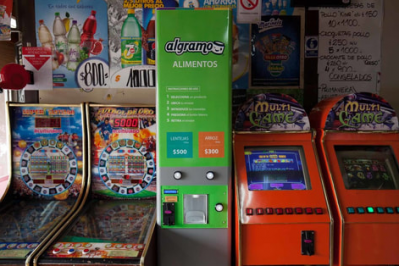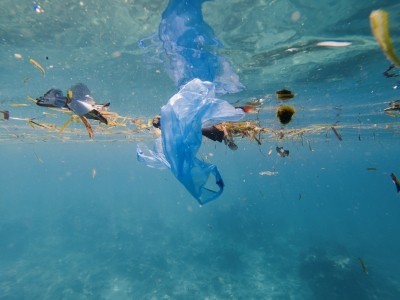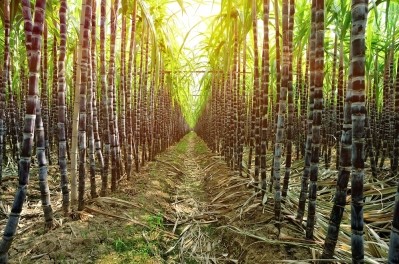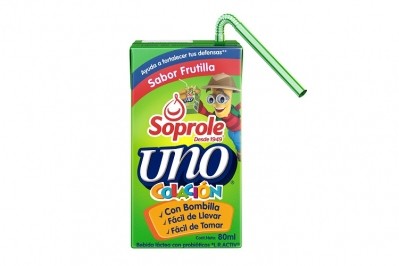Tetra Pak on sustainable bioplastic from sugarcane: ‘We’re part of the success story Brazil has been driving’
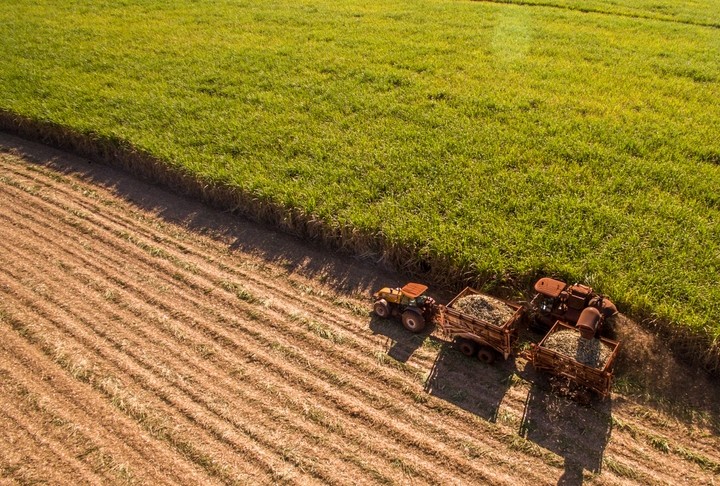
Tetra Pak packaging, which can protect food for up to one year, is made of around 72% paperboard, 23% plastic polymer, and 5% aluminum foil.
It began using biopolymers in 2011 and last year announced that by Q1 2020 all of its sugarcane-derived packaging would be certified sustainable by Bonsucro, a global multi-stakeholder organization that aims to promote sustainable sugarcane production and processing.
The Swedish packaging giant uses around 750,000 tons of polymer each year and in 2020 forecasts that around 37,000 tons will be plant-based polymer.
“Our polymer is largely sourced from fossil-based feedstock, so oil in the ground,” said Julian Fox, director of sourcing, manufacturing, and environment at Tetra Pak. “From a climate perspective, that’s not wonderful because you are taking carbon that was sequestered millions of years ago and releasing it into the atmosphere if it’s not recycled. That’s why we are moving as much as we can to renewable plastics, working since 2011 with plastic from sugarcane.”
Ethanol produced from sugarcane has between 40 and 62% lower rates of greenhouse gas emissions compared to gasoline, according to some estimates.
It has rolled out plant-based polymers particularly in Europe and “to a lesser degree in the Americas” however it has not set itself a deadline to transition to 100% biopolymers as this depends upon the availability of supply, said Fox.
Brazil's bioethanol ‘success story’
All of the biopolymers Tetra Pak uses for both the inner coating and plastic screwcaps on its cartons are made from Brazilian bioethanol.
Brazil began producing bioethanol on an industrial scale in the 1930s, boosting production through three government optimization programs. In 2019, it produced 34.45 billion liters of ethanol, a 4% increase on 2018, according to a Global Agriculture Information Network report, produced by the USDA.
Fox said Tetra Pak was pleased to be members of Bonsucro and “part of the success story Brazil has been driving”.
“If we wanted to source the cheapest bioethanol to make biopolymer, we would go to the USA because they have a huge production but it’s from corn that is over 90% GMO and there’s a lot of environmental damage associated with it. [That] is one of the reasons it’s cheap. In some cities, people don’t have proper, safe drinking water while the Gulf of Mexico is affected by a dead zone because of the fertilizer run-off.”
Last year, the National Oceanic and Atmospheric Administration, part of the US department of commerce, predicted the Gulf of Mexico’s annually recurring hypoxic zone or dead zone – an area of low- or no-oxygen that can be fatal to marine life - would be a record 7,829 square miles.
“The decision to source in Brazil is part of our sustainability commitment,” Fox told FoodNavigator-LATAM.
Brazil also offers room for expansion, Fox added, because 30% of the available agricultural land - excluding areas that should not be cultivated such as forest – is unused.
Recycling challenges
To create its packaging, Tetra Pak uses a process called extrusion coating whereby it melts polymers and drops it in a ‘curtain’ onto paperboard. The minimum amount of polymer it can use is 10 g per square meter although it is investigating technologies that would allow it to reduce this to as much a 1.5 g. The challenge, however, is ensuring that lower-plastic packaging can still protect food in the same way.
Recycling plastic-coated paperboard is also more difficult than recycling paper although the process does not require specialized technology or machinery, said Fox. Recycling facilities use a standard industrial pulper that mixes beverage cartons with water before liquidizing the mixture, allowing the paper to float to the top while the polymer and aluminum float to the bottom where it can be separated.
Tetra Pak does not own any recycling facilities but it partners with recyclers and its customers to increase the number of beverage cartons that are collected and sorted.
Although it does this in every market it operates in, there are huge variations depending on the region. Globally, around 28% of used beverage cartons are recycled but while in Germany recycling rates are over 80% in Eastern Europe, they are almost zero.
According to 2019 figures from Tetra Pak for Latin America, used beverage cartons had a recycling rate of 31% in Brazil and 23% in Mexico compared to just 9% in the Southern Cone and 3% in Central America and the Caribbean.
The main barrier to uptake is cost. “Recycling is an expensive business and so in countries where there isn’t wealth, it’s not astonishing to find they don’t have the infrastructure to make it happen,” he said.
Fox welcomed the fact that the move towards renewable and recycled plastics was being driven by non-profit organizations such as the Ellen MacArthur Foundation and legislators, like in the EU with the recent Single-Use Plastics directive.
Governments in Latin America have also been trying to drive change, both at a national and local level. Chile banned retailers from giving out free plastic bags in 2018 while Colombia introduced a tax to discourage their use, while in 2018 the city of Rio de Janeiro voted to ban single-use plastic straws in 2018.
According to a peer-reviewed study published in the journal, Proceedings of the National Academy of Sciences (PNAS), if sugarcane farmers around the world began producing according to Bonsucro standards – either universally or selectively – the environmental benefits could be significant.
Assuming 100% compliance with Bonsucro’s criteria, the scientists estimated this would increase crop yields, reduce greenhouse gas emissions by 51%, reduce total production area by 24% and water use by 65%.
